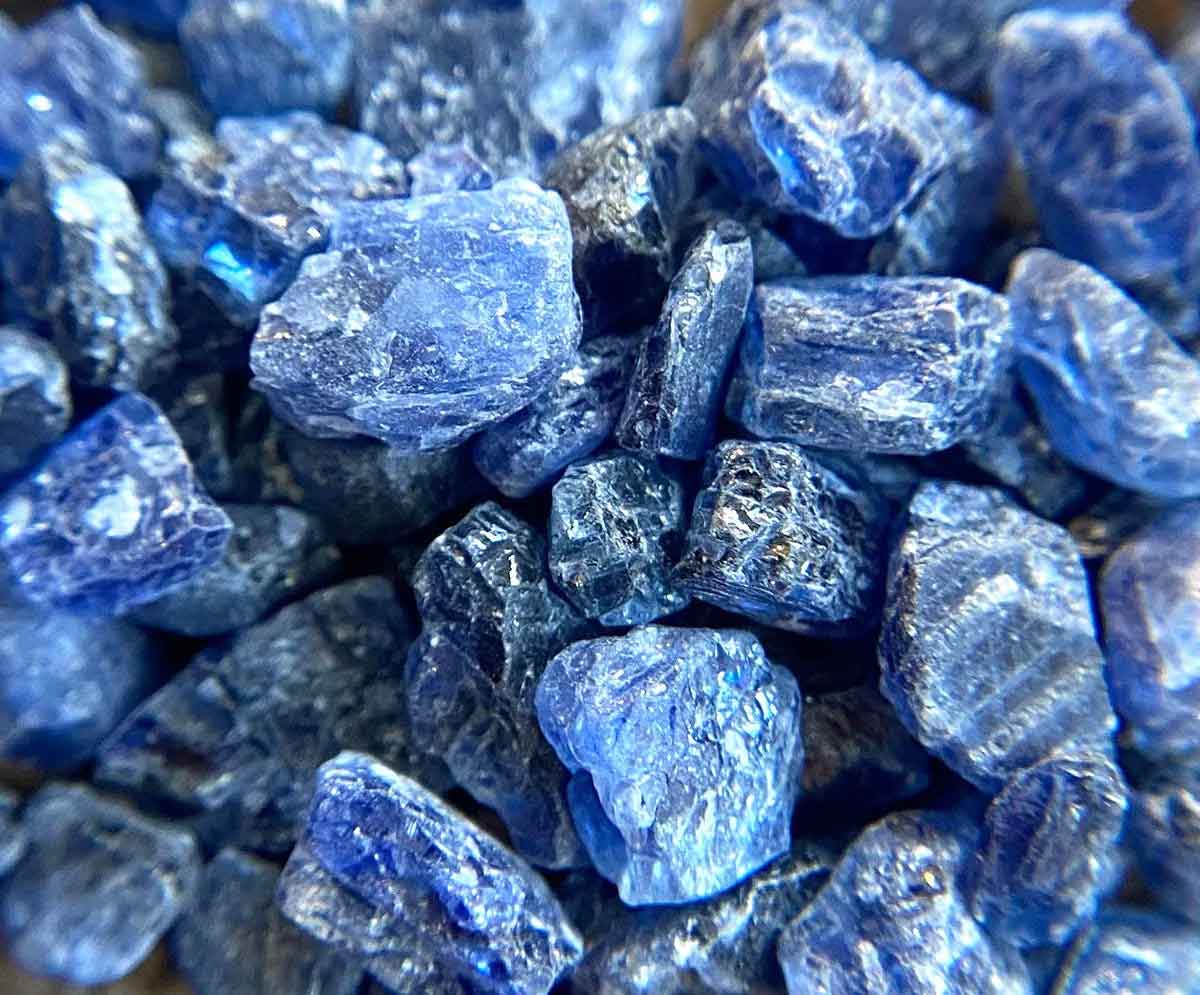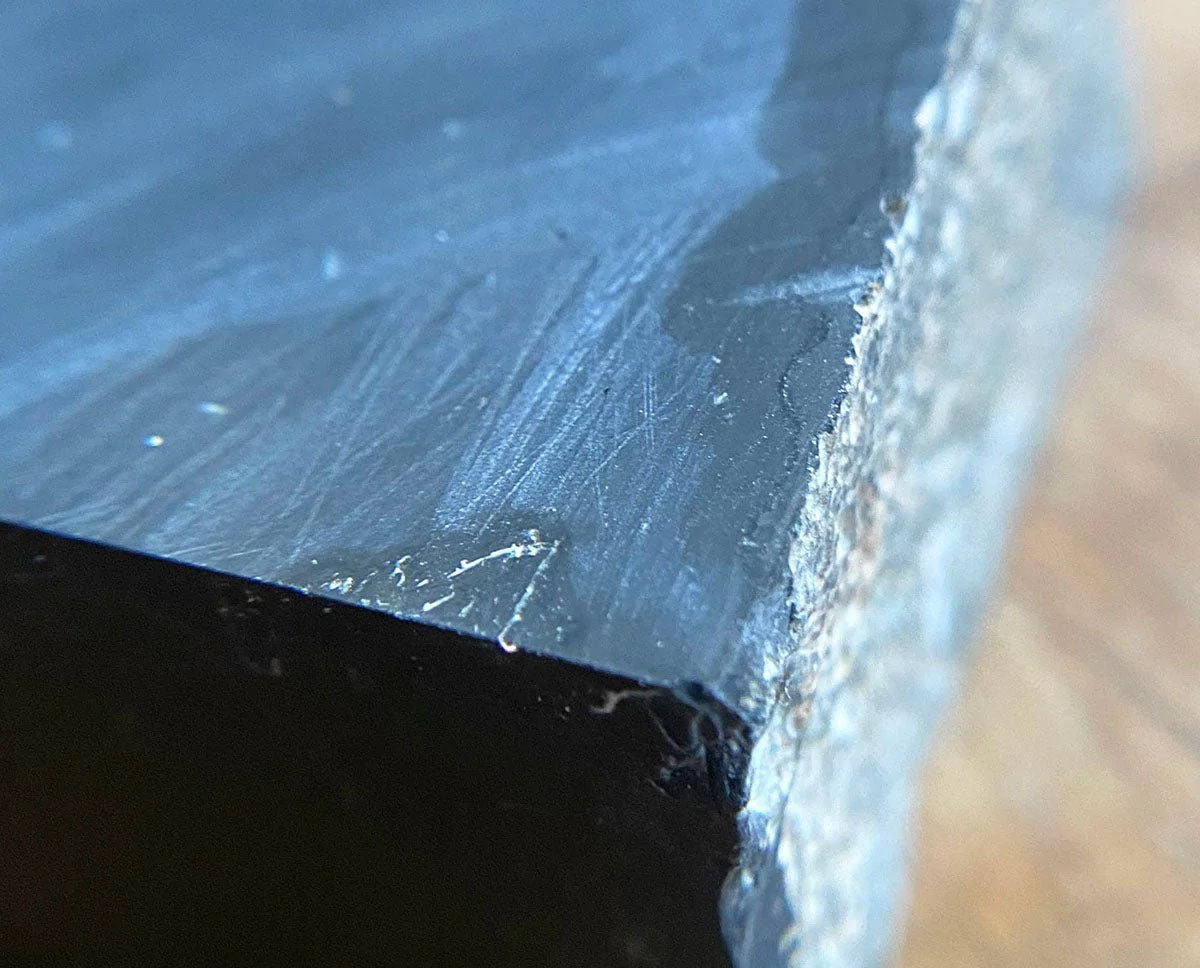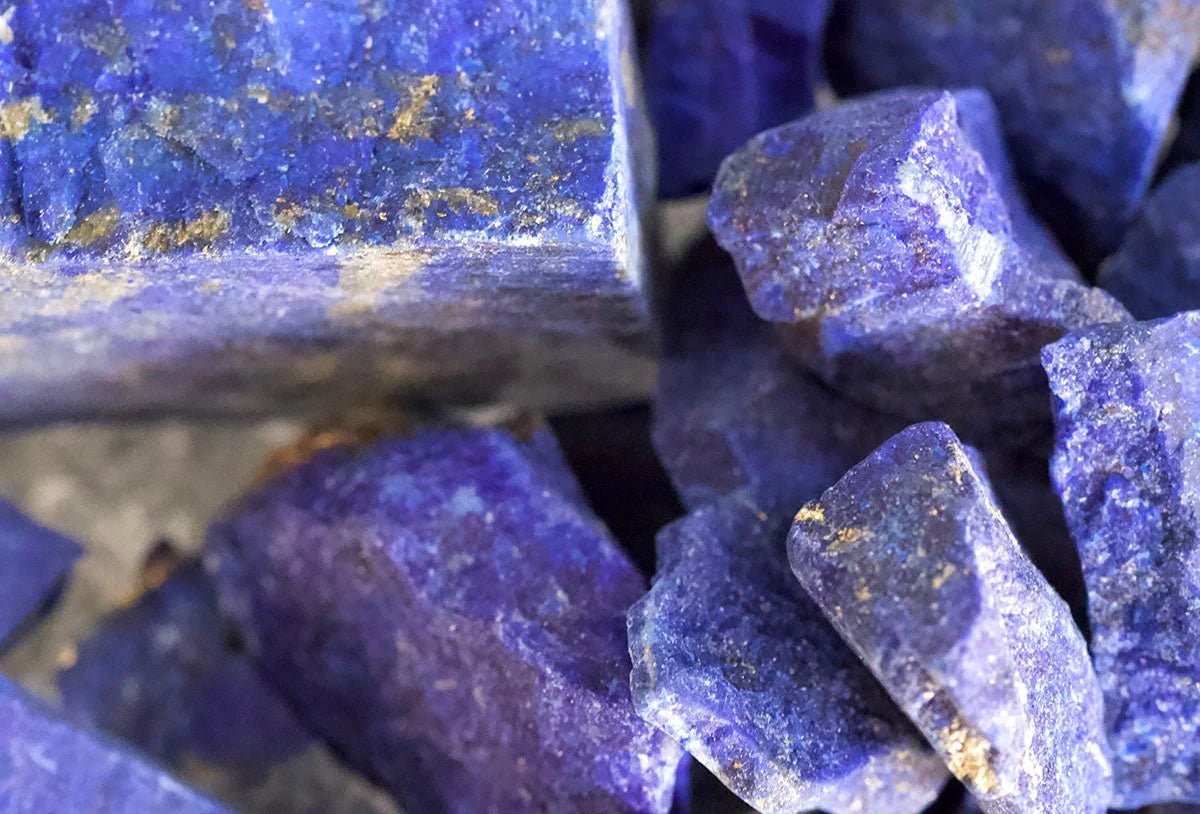
A Brief History of Sapphire Jewelry: From Ancient Royalty to Modern Luxury
Sapphire is synonymous with a deep 'royal blue color, its alluring charm has captivated people the world over for thousands of years. Sapphire is the name given to a gemstone called corundum, a gemstone that can be found in many colors and on many continents. Although sapphire is most often associated with blue, sapphires come in many shapes, sizes, and colors with the notable exception being red - Red corundum are known to us as 'ruby'.
Though these other colors do exist, it is the deep royal ocean-like blue tones that Sapphire derives its etymology from. From Greek 'Sapheiros' and Latin 'Saphirus' (both meaning blue), this gemstone has a history that spans centuries and is intertwined with the artistic, ecclesiastical, mythological, medical, royal, and industrial history of our species, to name but a few!

Ancient Civilization
Etymology can often be a fascinating insight into the world our forebears inhabited, giving us a glimpse into the minds of men and women who lived millennia before ours.
As mentioned above, sapphire does indeed come to the English language as a descendant of the Greek and Latin words for the color blue. But those words are believed by some etymologists to have roots stretching back to Sanskrit, perhaps the world's oldest written language! The Sanskrit Sanipriya (शनिप्रिय), from "sani" (शनि) meaning "Saturn" and "priyah" (प्रिय), dear, or "sacred to Saturn". According to Indian religions such as Hinduism, Jainism, Sikhism, and Buddhism, there is a wish-granting divine tree of life called Kalpavriksha (Sanskrit: कल्पवृक्ष, lit. 'age tree') whose roots are made of sapphire and the rest of the tree is comprised of other precious gems such as rubies and diamonds. Hindu tradition also holds the belief that a person who wears sapphire will cause Shani (Saturn) to be more favorable towards the wearer.

The Ancient Persians also held interesting beliefs regarding sapphire. Sapphire gems were said to be fragments of a large pedestal upon which the entire world was held, thus giving the sky its blue color. Sapphires were a large part of the Silk Road trading network, connecting East and West, spreading new ideas and beliefs back and forth, often as valuable as the precious cargo the merchants carried.
Classical Civilization
Though the Greek and Roman civilizations are regarded as 'ancient' by contemporary humans, the ancient Indian civilization predated them by thousands of years, making them relative newcomers to the sapphire scene.
The Ancient Greeks took control of Egypt after Alexander the Great conquered the ancient kingdom. The Egyptian beliefs regarding sapphire's healing properties and its ability to open one's eyes to the realm of the gods had passed down to the Greeks themselves, who associated sapphire with wisdom and vision, attributing sapphire to their god, Apollo.

As had happened with Egypt, eventually the Greeks themselves were bested by an upcoming power, the Romans.
There have been some impressive examples of carved sapphire intaglio found at Roman sites such as Pompeii. The Romans wore sapphire jewelry as status symbols and for fashion much like we do today. Another beautiful example of Roman sapphire master craftsmanship is the sapphire ring once belonging to Emperor Caligula, whose reign began in 37 CE.

In older texts, there is often no distinction made between sapphire and lapis lazuli, as both are blue gemstones and were often used interchangeably. Sapphire had also gained a reputation for warding away malignant spirits and preserving the general well-being of rulers and royalty. The royalty of Europe which arose following the collapse of centralized Roman authority kept alive this association of sapphire with protection.

Middle Ages
The chaos of the fall of the Western Roman Empire and the rise of the Roman Catholic Church in Europe brought many changes, but the people's reverence for sapphire never ended. Sapphire was used in great numbers by clergy of the Church, who saw the deep blue color as representing heaven and divinity. The people of the fractured former Roman empire in Italy still regarded sapphire as a treatment for sore eyes. Pope Innocent III (died 1216 CE) decreed that the rings of Bishops were to be made of solid gold and set with an unengraved sapphire, to symbolize the Bishop's purity and sanctity.
Jewel exchanges and gift-giving became a common practice during the Middle Ages, to show respect from one monarch to another, or to/from noblemen to curry favor in Royal Courts.
Sapphires undoubtedly were traded and passed as highly prized valuables. Mary, Queen of Scots, who was executed by Elizabeth I in 1587, was known to have an extensive gem collection, which included sapphires from Sri Lanka. She used sapphire to treat sore eyes, rubbing a sapphire pendant against her eyes as needed.
Sri Lanka Sapphire
The written history of sapphire mining in Sri Lanka goes back to the days of the writer and astronomer Ptolemy.(died 170CE) Sri Lanka's history of sapphire mining and production could very nearly warrant another full article of its own! As mentioned by Ptolemy, beryl and sapphire were very common export 'products' of the Sri Lankan industry. Sri Lanka has been called many different names over the centuries. The Sinhalese lovingly called Sri Lanka 'Ratna-Dweepa' meaning 'Land of Jewels'.
To the Persians who traversed the Indian Ocean and traded with the Sri Lankans, the country was known as 'Serendip', the ancient land which seemed to have an endless supply of precious gems! in later centuries, Sri Lankan sapphire's brilliant blues and high quality was not lost on the famous explorer Marco Polo, who took many gemstones including Sri Lankan sapphires with him to Venice.

In the early 1500s, the Portuguese colonized Sri Lanka, naming it 'Ceilão'. The Dutch replaced the Portuguese in 1638, using the name 'Zeylan' before themselves being replaced by the final wave of European colonialists, the British, who named the island 'Ceylon' in the late 1700s/early 1800s. The 'Ceylon sapphires' were extremely high quality and were noted for their deep royal blue colors, but Sri Lanka is home to almost every shade of corundum, including the majestic Padparadscha (meaning Lotus Color), a stunning orange-pinkish colored sapphire.
Several notable sapphires have been mined from Sri Lankan mines, including the Star of India, the Star of Bombay, and the Logan Sapphire. The city of Ratnapura is known as the 'City of Gems' and it remains the 'gem capital' of Sri Lanka to this day!
The British Royal Family
The British Crown Jewels contain some of the finest examples of sapphire gems anywhere on the planet. The Imperial State Crown contains a sapphire known as 'St Edwards Sapphire', originally belonging to Edward the Confessor (died 1066) as well as the Stuart Sapphire, itself weighing 104 carats!
'Ceylon Sapphires' were noted for their exceptionally high quality and were extremely desirable, with the British Royal family, in particular, taking a shine to them. Queen Victoria was a lover of jewels and she was gifted a sapphire brooch the day before her wedding. Her husband Prince Albert also gifted her a diamond and sapphire coronet which she cherished immensely. She wore this coronet to the first Opening of Parliament since the death of her beloved husband and was said to be in mourning for the remainder of her life.

In more recent times, Queen Elizabeth II had an extensive collection of sapphires, including some she inherited from family members. In 1981 King Charles III gave Lady Diana Spencer (Princess Diana) a sapphire engagement ring, the same ring that was given to Kate Middleton (Princess of Wales) by her husband and heir to the British throne, William, Prince of Wales in 2010.
If you feel like continuing the long tradition of wearing sapphire, you can order your own piece of sapphire jewelry from our ready to wear section here.



